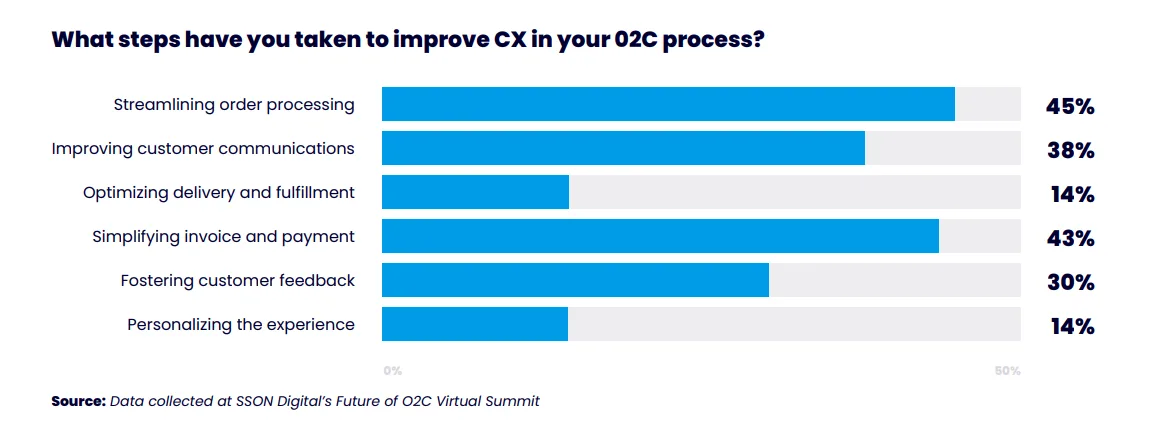Topics: Accounts Receivable Process, Finance & Accounting
Posted on June 23, 2025
Written By Siddharth Sujan

In enterprise finance, volume equals pressure. As transaction counts rise, even minor cracks in your accounts receivable management process can turn into structural risks. Disconnected systems. Delayed visibility. Inconsistent follow-ups. The kind of friction that clouds decision-making, strains cash flow, and chips away at confidence from the top down.
Most AR setups aren’t built for this kind of scale. They grow in layers—manual patches, legacy tools, siloed workarounds. And at some point, more headcount stops helping.
This blog looks at how enterprise businesses can rethink their approach to AR management. Not by speeding things up blindly but by building smarter, more resilient systems that can handle volume without compromising on accuracy, control, or visibility.
Growth brings volume and volume brings friction. The invoices keep going out. But collections? They slow down. Not because your team isn’t trying—but because they’re buried in the weeds. Payment terms vary across regions. Approval chains are inconsistent. Some customers pay through portals, others via email. The more you scale, the messier the process becomes.
What starts as operational noise soon turns into strategic risk. Your team can’t see which receivables are slipping until the quarter’s already closing. Cash flow forecasts lose their footing and ageing reports become outdated by the time they reach leadership.
This is where most legacy accounts receivable management strategies start to break. Built in layers—manual exceptions, disconnected systems, a few heroic team members holding it all together. It works until it doesn’t.
When transaction volumes spike, the instinct is often to speed things up. Faster invoice cycles. Quicker follow-ups. More people on the phones. But when speed becomes the only metric, precision gets sidelined.
You can push invoices out the door, but without a clear accounts receivable management process, you’re just accelerating the noise. Chances are that disputes will go unresolved, follow-ups will overlap and high-value accounts will get handled like everyone else.
Enterprise AR demands better decisions, smarter segmentation and clarity on who to chase, when, and how. And most importantly, a process that can flex with volume.
RELATED CASE STUDY: Scaling fast? This recruitment giant streamlined credit control without slowing down – read the case study now!
In high-volume AR, clarity is usually the biggest differentiator.
When you’re dealing with thousands of invoices across dozens of regions, what matters is knowing where the pressure points are. Which accounts are sliding. Which segments need escalation. Which team is lagging on follow-ups. Most legacy systems can’t give you that without a trail of spreadsheets and a few late-night calls.
Modern accounts receivable management solutions change that. The value isn’t just automation—it’s in the decisions these systems enable.
A strong setup gives you:
And most importantly, it connects collections back to the bigger picture. When AR is tied into your reporting, forecasting, and credit decisions, it stops being a back-office task and starts becoming a cash flow engine. That’s what strategic accounts receivable management looks like at scale. Not just faster payments—but smarter control.

High-volume AR demands structure. And for most enterprise finance teams, that’s exactly where things start to fall apart. Collections are owned by regional teams. Credit approvals follow inconsistent rules. Disputes get resolved on email chains no one else can see.
What you end up with is a fragmented system that looks fine on paper — until you try to scale it.
Here’s how you can consolidate the AR process by pulling the right levers:
Centralizing collections, cash application, and credit control into a single hub reduces redundancy and creates a cleaner, faster flow of activity. No more rechecking the same customer across four systems. No more chasing approvals from three different time zones.
When accounts receivable management services are unified under one platform, the view becomes sharper. Ageing summaries, dispute logs, credit limits — everything lines up. You don’t waste time validating reports or reconciling data silos.
Standardized AR management processes help benchmark what good looks like across teams and territories. You get more reliable DSO trends, more predictable cash flow forecasts, and a governance model that doesn’t rely on heroics.
RELATED BLOG: Discover how AR outsourcing can take the pressure off your team—read the full blog.
Outsourcing isn’t just about saving time or money anymore. It’s about changing the nature of the work your AR team focuses on. As volumes rise, in-house teams often get stuck chasing payments, resolving disputes, closing gaps. What gets lost is the bigger picture: credit control, process improvement, forecasting. That’s where the right outsourced model makes a meaningful difference.
Here’s how it works in practice:
The payoff is simple: fewer write-offs, cleaner forecasts, and an internal team freed to focus on strategy instead of chase lists.
QX Global Group plugs in exactly this way—scaling resources, tech, and know-how so finance leaders can reduce bad debt and tighten control without adding overhead. Curious what a zero-friction AR engine could do for your cash flow? Find out now!
Late payments, high invoice errors, frequent vendor complaints, long cycle times, and heavy manual workloads are key red flags.
Automate data entry, use invoice matching tools, set up vendor portals, and standardize workflows to reduce manual tasks and delays.
Adopt AP automation, integrate systems (ERP, OCR), enforce invoice approval policies, and digitize documentation for faster processing.
Track KPIs like invoice cycle time, cost per invoice, early payment discounts captured, and error rates to gauge efficiency and savings.
While initial investments may be required, improved AP processes can significantly reduce processing costs, late fees, and manual labor expenses.
Originally published Jun 23, 2025 06:06:35, updated Jun 24 2025
Topics: Accounts Receivable Process, Finance & Accounting